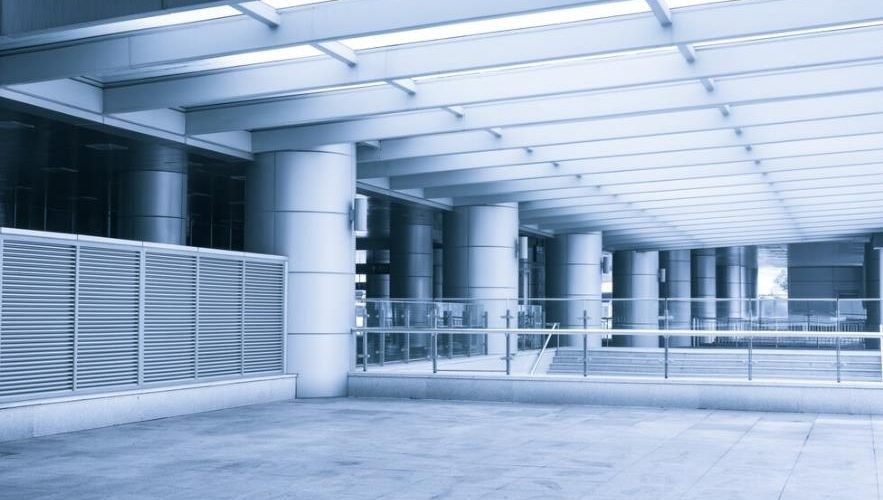In the ever-evolving landscape of industrial design and manufacturing, the integration of cutting-edge technologies has become pivotal in translating conceptual ideas into tangible realities. One such technology that has significantly transformed the design and presentation process is industrial 3D Rendering.
Delves into the realm of Industrial 3D Rendering, exploring its multifaceted applications, the role of 3D rendering services, and the immersive experience offered by 3D virtual tours.
Table of Contents
Conceptualizing the Industrial Landscape
In the realm of industrial design, the journey from a conceptual idea to the final render involves a meticulous process of visualization and refinement. Traditional methods often relied on 2D drawings and physical prototypes, limiting the depth and detail that could be conveyed to the actual building. However, with the advent of Industrial 3D Rendering, designers can now breathe life into their concepts, offering a realistic preview of the building before it even reaches the construction stage.
The Rise of Industrial 3D Rendering
Industrial 3D Rendering involves the creation of high-quality, photorealistic images from 3D models of industrial designs. These models can range from complex machinery and equipment to entire factory layouts. The rendering process utilizes advanced computer graphics techniques to simulate lighting, textures, and materials, providing an unparalleled level of detail and realism for the blueprints.
The application of Industrial 3D Render has become widespread across industries such as manufacturing, architecture, and other building design. Manufacturers leverage 3D rendering to visualize and optimize building processes, ensuring efficiency and identifying potential construction issues.
Architects use it to present realistic visualizations of industrial structures, aiding in client communication and approval processes. Architect designers benefit from the ability to iterate rapidly on their designs, refining them based on realistic renderings.
Unlocking the Power of 3D Rendering Services
To harness the full potential of Industrial 3D Rendering, businesses often turn to specialized 3D rendering services. These services bring a wealth of expertise in creating lifelike visualizations that go beyond the capabilities of in-house design teams. 3D rendering services employ skilled professionals who understand the intricacies of industrial design, ensuring that the rendered images accurately represent the intended vision.
The advantages of outsourcing 3D rendering services are manifold. Firstly, it allows companies to focus on their core competencies while leaving the visual representation of their buildings to experts. Additionally, 3D rendering services often have access to state-of-the-art software and hardware, ensuring that the final building is of the best quality. This collaboration between architects and rendering services hastens the building process, accelerating project timelines and reducing costs associated with blueprints.
Realizing Virtual Realities with 3D Virtual Tours
In the era of Industry 4.0, where digital transformation is a key driver of innovation, 3D virtual tours have emerged as a groundbreaking tool in the realm of industrial design. A 3D virtual tour allows stakeholders to immerse themselves in a lifelike representation of an industrial space, providing a comprehensive understanding of the layout and functionality.
The integration of 3D virtual tours into the industrial design process offers a range of benefits. Designers can present their concepts in a more interactive and engaging manner, facilitating better communication with clients, investors, and internal teams. For builders, 3D virtual tours enable a holistic view of the architecture, helping in the identification of optimization opportunities and potential challenges.
Moreover, 3D virtual tours serve as a valuable marketing tool. Companies can showcase their industrial facilities to potential clients or investors without the need for physical visits. This is particularly relevant in a globalized business environment where stakeholders may be located across different geographical locations.
Industrial 3D Rendering in Action
To illustrate the real-world impact of Industrial 3D Rendering, let’s explore a couple of case studies from different industries.
Architectural Design for Industrial Facilities
Architects tasked with designing industrial facilities face the challenge of balancing functionality with aesthetics. By utilizing Industrial 3D Rendering, architects can create realistic visualizations of industrial spaces, allowing clients and stakeholders to virtually navigate through the facility.
This immersive experience goes beyond traditional blueprints, providing a tangible sense of scale and proportion. Additionally, architects can use 3D rendering services to experiment with different design iterations, ensuring that the final industrial structure meets both functional and aesthetic requirements.
Challenges and Future Trends
While Industrial 3D Rendering has revolutionized the industrial design landscape, it is not without its challenges. One notable challenge is the need for continuous advancements in hardware and software capabilities to handle increasingly complex models and simulations. Additionally, ensuring data security and confidentiality in the age of digital collaboration is a priority.
Looking ahead, the future of Industrial 3D Rendering holds exciting possibilities. The integration of artificial intelligence and machine learning into rendering processes is expected to enhance the speed and accuracy of visualizations. Augmented reality (AR) and virtual reality (VR) technologies may further blur the lines between the digital and physical worlds, offering even more immersive experiences for interested parties.
Conclusion
Industrial 3D Rendering has emerged as a transformative force in the realm of industrial design, providing a bridge between conceptualization and realization. With the support of 3D rendering services and the immersive experience offered by 3D virtual tours, businesses can create better buildings with their design processes, optimize blueprints, and present their concepts in a compelling manner.
As we continue to witness advancements in technology, Industrial 3D Rendering will likely remain a cornerstone of innovation in industrial design, enabling businesses to push the boundaries of what is possible and bring their visionary concepts to life.





